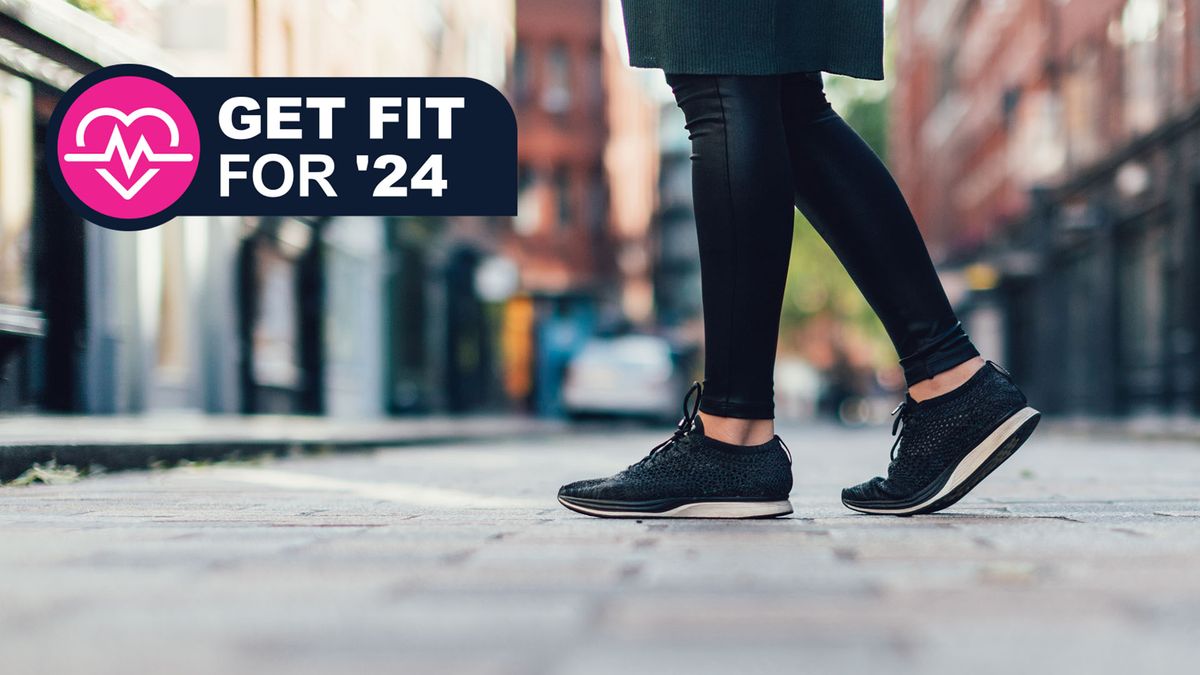3 Key Lessons from Walking 10,000 Steps Daily for a Week

Benefit of Walking: An Effective Way to Start Your New Year’s Health Kick
The start of a new year often incites a drive for better health and fitness. More often than not, people envision strenuous workout routines laden with weights and profuse sweating. But what if you could achieve your health goals by simply going on a daily walk?
Aim for 10,000 Steps Per Day
For years, health professionals have been advocating for the goal of 10,000 steps per day. This arbitrary number, which originated from the 1964 Tokyo Olympics, is the default goal on many of today’s top-rated fitness trackers. Research has shown that reaching this number can make a significant difference in improving your overall health.
The Health Benefits of Walking
A 2022 study revealed that walking up to 10,000 steps per day can lower the risk of mortality, cancer, and cardiovascular disease among adults aged between 40 to 79 years old. Consistency is key, and even a brisk 10-minute walk a day can have significant health benefits, as stated by the NHS.
Personal Experiment: A Week of Walking
I decided to switch my usual gym routine and attempt walking 10,000 steps each day instead. I aimed to observe the ease of integrating this routine into my everyday life and how it compares to my past fitness regimes. Here are three things I learned during my week of walking for fitness:
1. Modifying Your Routine (But Not Drastically)
According to Google, 10,000 steps roughly translate to five miles or eight kilometers. Fortunately for me, my office is within walking distance, allowing me to cover a significant portion of my walking goal through my daily commute. Also, it was surprising how quickly the ‘incidental steps’ added up during daily chores.
2. Minimal Administration Required
Walking requires minimal preparation. As long as you dress appropriately for the weather and wear comfortable footwear, you can go for a walk whenever you wish. A fitness tracker can be beneficial to keep track of your steps and gauge your progress.
3. Improving Mental and Physical Well-being
While I can’t definitively comment on the long-term health benefits just yet, I can certainly vouch for its positive effects on my mood and productivity. Lunchtime walks have become an antidote to mid-afternoon slumps, making me feel rejuvenated and ready for the rest of the day. Plus, a multitude of research supports the advantages of outdoor activities for mental health and improved sleep.
Can Walking Alone Improve Fitness?
Walking can undeniably contribute to better fitness, especially for individuals who are just starting or those who are older or less mobile. While it’s an accessible and non-intimidating way to incorporate physical activity into your routine, if you’re aiming to significantly improve your fitness, incorporating more intense activities or transitioning to jogging could be beneficial. A couch to 5k program could be an excellent next step.
This article is part of TechRadar’s Get Fit for ’24 week of fitness content.
Related Articles:
—
Read More Health & Wellness News; US Lifestyle News


Leave a Comment